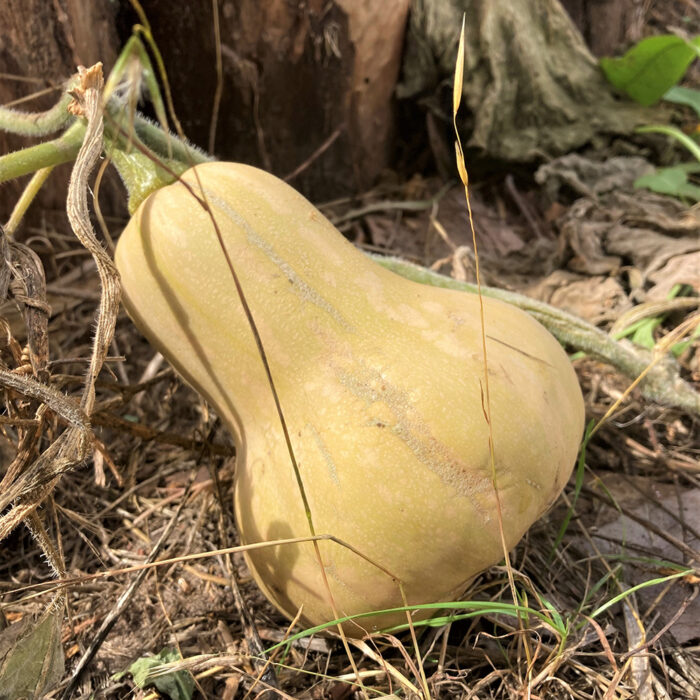
One of the best things about vegetable gardening here in Northern California, is that there’s seldom any true downtime. Whether it is winter, spring, summer, or fall, there are chores to be done, delicious and nutritious homegrown vegetables to be harvested, and seeds or transplants to be planted. Late fall can be a particularly busy time.
Our climate is wonderfully mild, meaning many of our fall veggie garden chores are merely a repeat of those we did all spring and summer. Weeding remains a priority, especially if we’ve received a rain shower or two to encourage seed germination. Troublesome pests like slugs and snails must always be monitored and kept in check, and watching for disease or fungal issues is a year-round occupation. Deer, rabbits and gophers are problems in many areas, and these pests need just as much repelling in fall as they do the rest of the year. The following are a few other specific tasks that should be undertaken in late fall.
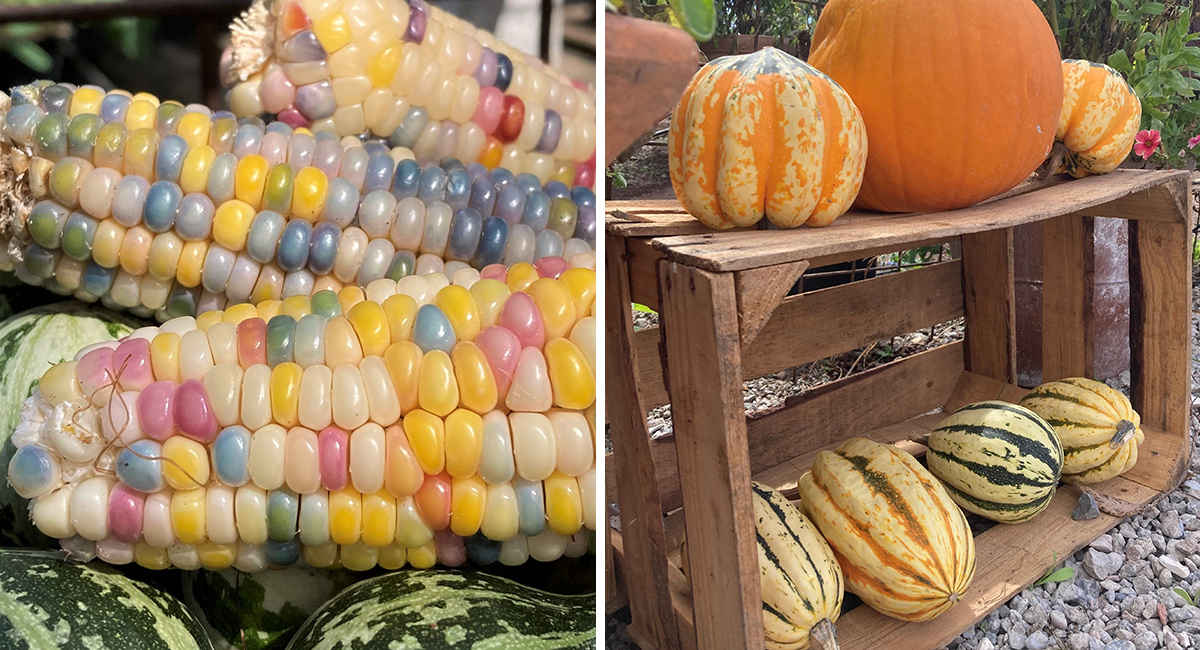
1. Be sure to continue harvesting, sharing, canning, and freezing
Before we dive right into the late autumnal tasks essential to a healthy, high-yielding, food-generating garden, don’t forget that fall is first and foremost harvesttime. With our mild temperatures, late-fall garden beds are often still filled with plants that aren’t quite finished producing bountiful crops. Pay special attention to warm-season tomatoes, corn, squash, and pumpkins. The chore highest on the list this time of year is the harvesting, sharing, and preservation of the abundance so that nutritious homegrown produce can be enjoyed into winter. Be sure to pick your perfectly ripe vegetables early in the day for best results.
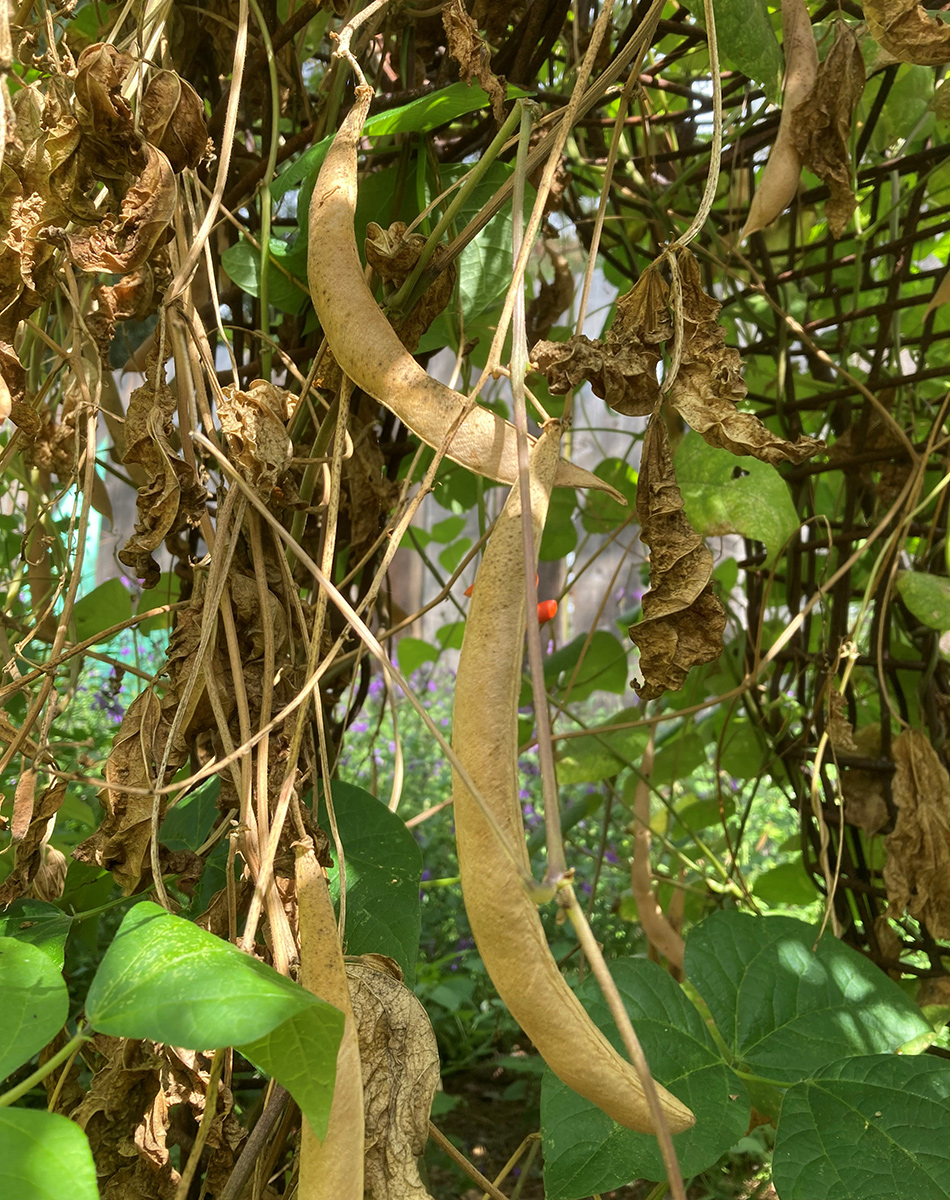
2. Perform a deep clean
Fall cleanup is an essential part of disease and pest control in your vegetable garden. Remove fallen branches and overturned pots, and rake up leaves and plant debris in order to reduce the number of hiding places available for any earwigs, slugs, and snails hoping to overwinter in your garden.
Pull dead annuals and weeds before they go to seed, and all tired, spent summer vegetable plants once they’ve stopped producing. Add all garden debris—apart from anything obviously diseased—to the compost pile. Before tossing, check for signs of fungal infection or any other suspicious lesions on the dead and dying plants, and be sure to dispose of these directly into the trash can to avoid potential spread of disease.
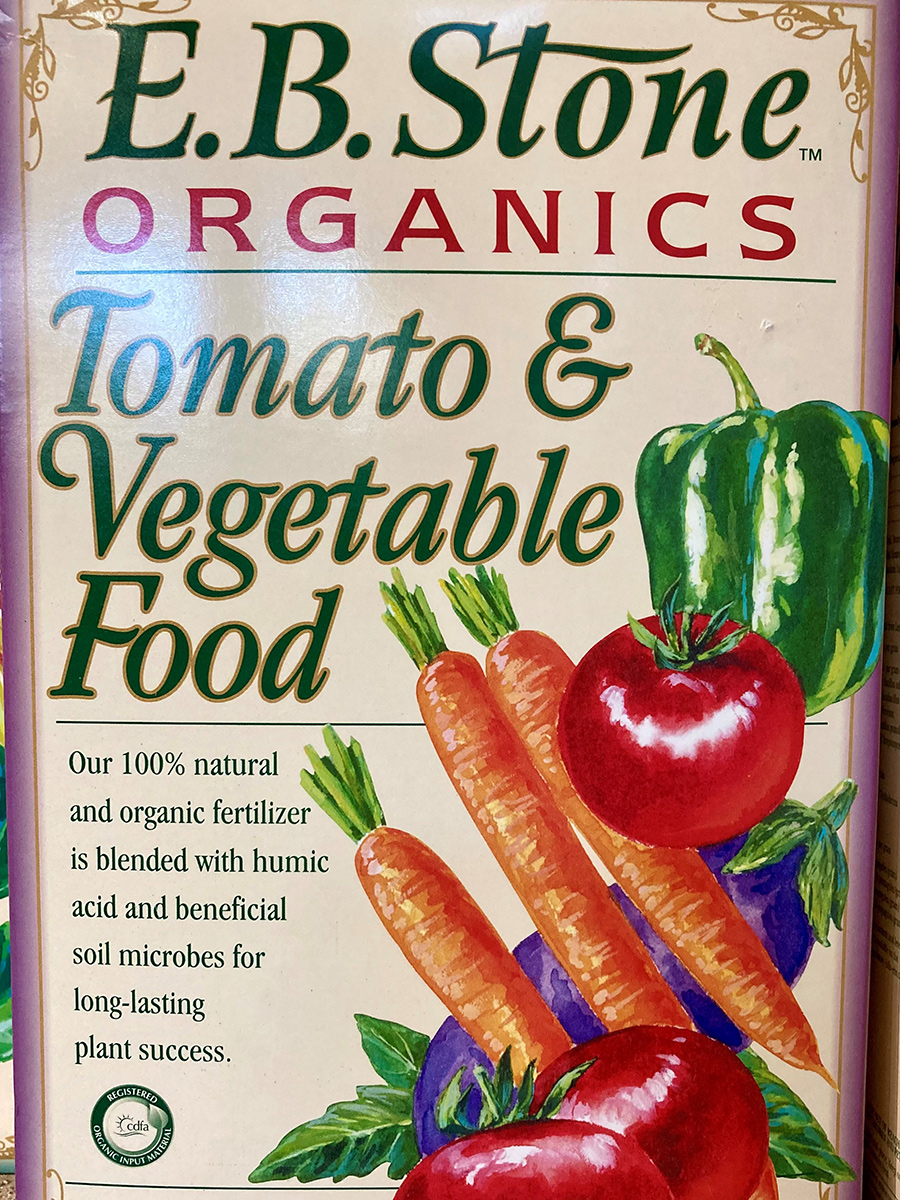
3. Revitalize your garden beds
Once all the spent plants have been removed, a thorough pest-and-disease inspection has been done, and all issues dealt with, it’s time to amend the soil in preparation for your late-fall and winter vegetable garden. Summer vegetable plants are heavy feeders, consuming a lot of nutrients, minerals, and organic matter in order to flourish and produce all that summer bounty. Because your fall-garden vegetables and plants can only be as good as the soil they’re grown in, it is vital that you revive exhausted soil before planting anything new (like cold crops). Add a 4- to 6-inch layer of rich, well-composed manure or compost (or better yet, a 50:50 mix of the two) to your garden beds, and dig it in to a depth of at least a foot. In my own garden, I also add a well-balanced granular organic fertilizer at the same time for an extra boost, and then let the freshly dug beds sit for a week before planting.

4. Plant fall and winter vegetables
Not only is it the perfect time to plant onion and garlic sets (which you’ll harvest the following summer), but in fall there are seeds you can sow directly (radishes, beets, fava beans, and carrots) and starts you can transplant for enjoying all winter and into spring. Brassicas (broccoli, cauliflower, kale, kohlrabi, collards, brussels sprouts), peas, chard, lettuce, spinach, Asian greens, and lettuces all thrive in fall and winter. Most are also frost-resistant (needing no protection), and all deserve a space in the cool-season vegetable garden. If you haven’t already started your own seeds indoors, your local garden center may be well stocked with fall and winter vegetable starts.
5. Monitor irrigation systems, and assess your tools
Unless it’s been a particularly dry fall, irrigation schedules can be dialed way back or even turned off completely, as late autumn generally heralds the rainy season in Northern California. However, it is important to be aware of particularly dry periods and either hand-water or switch your system back on again if your plants appear to be struggling.
Finally, fall is a fabulous time to take inventory, organize, and sharpen and clean all of your garden tools in preparation for the following year’s busy spring.
For more on vegetable gardening in Northern California, click here.
—Fionuala Campion is the owner and manager of Cottage Gardens of Petaluma in Petaluma, California.
Photos: Fionuala Campion
Fine Gardening Recommended Products

Johnny’s Selected Seeds Connecta® Cultivation Kit
Fine Gardening receives a commission for items purchased through links on this site, including Amazon Associates and other affiliate advertising programs.

A.M. Leonard Deluxe Soil Knife & Leather Sheath Combo
Fine Gardening receives a commission for items purchased through links on this site, including Amazon Associates and other affiliate advertising programs.

Lee Valley Garden Obelisks
Fine Gardening receives a commission for items purchased through links on this site, including Amazon Associates and other affiliate advertising programs.



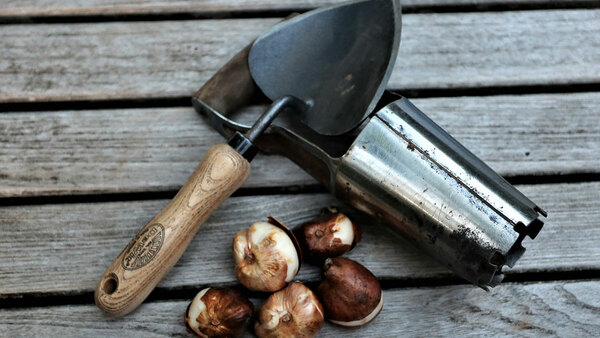















Comments
Log in or create an account to post a comment.
Sign up Log in